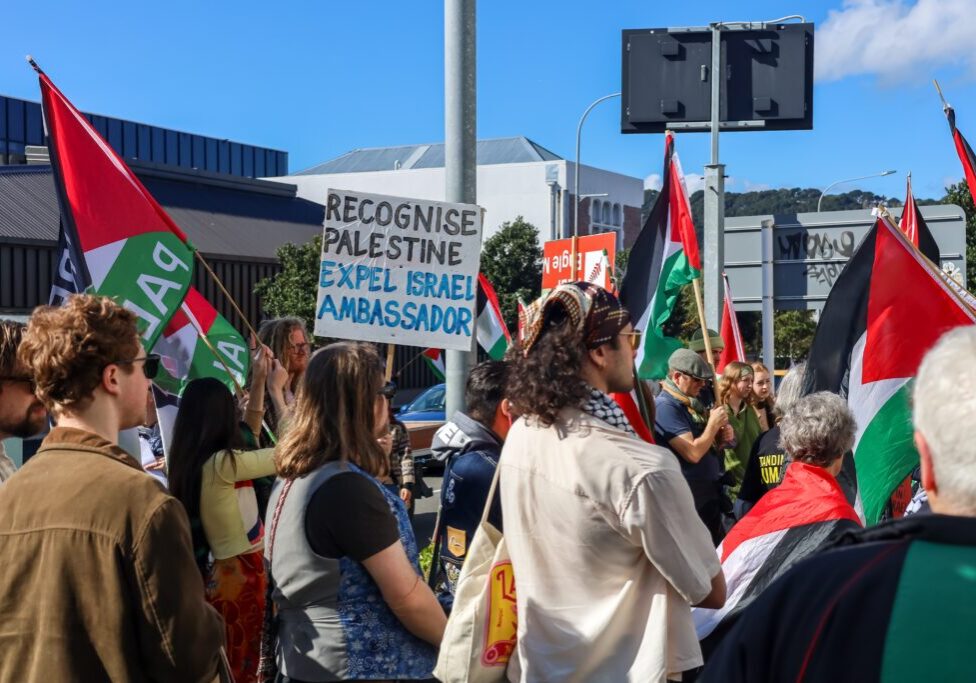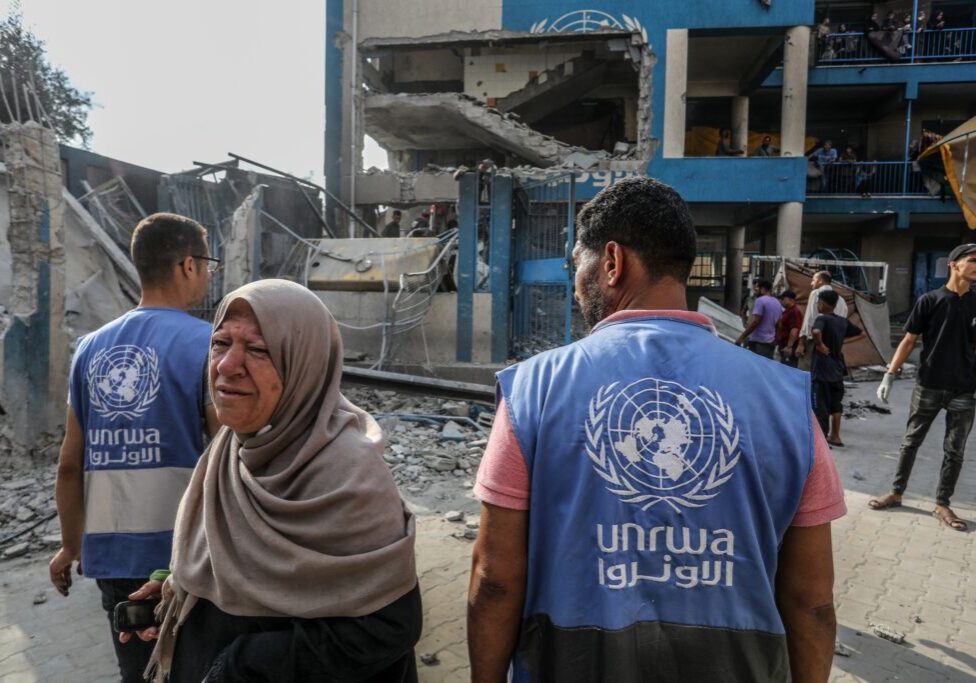Australia/Israel Review
The Implications of Hamas’ Attack Tunnels
Jul 28, 2014 | Jonathan D. Halevi

Lt. Col. (ret.) Jonathan D. Halevi
Ismail Haniyeh, the Hamas Prime Minister, delivered a revealing speech on March 23, 2014, in which he stressed the strategic importance of the Hamas attack tunnels, which, he argued, have changed the balance of power with Israel, when taken together with his organisation’s military build-up. In the meantime, the IDF’s war against the tunnels continues. On July 21, IDF forces thwarted another terror attack after two groups of Hamas operatives (numbering about ten) infiltrated from Gaza to Israel through a tunnel, apparently on their way to carry out a mass casualty attack at Kibbutz Erez and/or Kibbutz Nir Am.
Since Operation Protective Edge began, IDF forces have foiled several other attempted attacks by Hamas near Kibbutz Sufa and Kibbutz Nirim that also made use of attack tunnels, while uncovering and blowing up dozens of tunnels in Gaza along its border with Israel. These tunnels penetrate deep into Israeli territory, sometimes reaching a length of 2.4 kilometres.
Hamas has accumulated a great deal of experience in using the tunnels for operational purposes. Since 2000, hundreds of tunnels have been dug along Gaza’s border with Egypt, providing a lifeline for Hamas’ military buildup. The tunnels have been a main conduit for Palestinian imports from Egypt on a scale of millions of dollars annually, and for smuggling military supplies (from ammunition to missiles) and the construction materials needed to build the network of attack tunnels in Gaza.
Importation through the tunnels was fully controlled by the Hamas government, which levied a tax on the items and used its huge profits to accelerate its military buildup and preparation for hostilities with Israel.
During the Second Intifada, which began in September 2000, Hamas made use of attack tunnels that were dug opposite IDF positions along the Philadelphi Route (the Gaza-Egypt border). These tunnels enabled Hamas to lay powerful explosive charges beside the IDF positions in an effort to destroy them. On June 25, 2006, a joint Hamas/Jaish al-Islam (an al-Qaeda affiliate) unit infiltrated from Gaza to Israel through a tunnel whose opening was about a hundred metres from the border in Israeli territory, near the Kerem Shalom crossing. In that attack, an officer and a soldier were killed and the soldier Gilad Shalit was abducted.
Hamas, Hezbollah and even North Korean Tunnels
Based on Hezbollah’s experience in the Second Lebanon War, and with the assistance and guidance of Iran, Hamas has also made use of the tunnels to build an underground network of missile launchers. During the Second Lebanon War, Hezbollah greatly expanded its underground fortifications in Southern Lebanon with the aid of the Islamic Revolutionary Guard Corps (IRCG) and even North Korean engineers, who also provided guidance on how to incorporate the tunnels into Hezbollah’s military doctrine.
Tunnel warfare provides armies facing a technologically superior adversary with an effective means of countering its air superiority. For example, a tunnel is opened only briefly to launch rockets and then immediately closed to prevent detection of the launchers’ location by the IDF. The concealment of these launchers in tunnels, in the heart of the civilian population, makes it very difficult to detect them in real time and attack them.
The rule of the Muslim Brotherhood in Egypt during 2012-2013 was a golden age for Hamas, the Palestinian branch of the Brotherhood. During the tenure of President Muhammad Morsi, missiles and a great deal of ammunition moved through the tunnels to Gaza, along with the materials needed to construct plants and manufacture missiles.
In addition to receiving close to half the budget of the Palestinian Authority, the economic aid the Hamas government received from international actors, including European countries, Qatar, and the United Arab Emirates, has helped it channel significant resources to its military buildup and the construction of the attack tunnels.
Also of help to Hamas were Israeli and international human rights organisations, which constantly pressured Israel to allow the entry of cement and iron into Gaza for purposes of civilian construction. In reality, these materials mainly went into building the attack-tunnel network, instead of houses for the Palestinians.
The attack tunnels create a new equation in the power balance between Israel and Hamas. They give Hamas an ability to infiltrate Israel and carry out strategic attacks involving mass killing, along with an ability to launch missiles from locations concealed within civilian population centres that serve, in effect, as human shields. Should Hamas retain in the future 20 tunnels, and dispatch 50 operatives in each, they could deploy 1,000 men behind Israeli lines. The tunnels would allow Hamas to wreak havoc if left in place.
Hezbollah’s tactics, learned from Iran, have been replicated in Gaza, particularly the use of the tunnels to provide “breathing space” in waging the military campaign. The Hamas-Hezbollah-Iranian aim is to cause as much harm as possible to the civilian population and weaken Israel by damaging its economy. Like Hezbollah, Hamas in the current round has tried to strike strategic targets in Israel and inflict mass casualties, including the nuclear reactor in Dimona, the chemical plants in Haifa, and Ben Gurion International Airport.
Despite the reconciliation agreement with Fatah and the establishment of the unity government, one of Hamas’ objectives in the war is to ignite another intifada on the West Bank aimed ultimately at the toppling of Palestinian Authority rule and instituting a Hamas takeover of the Palestinian national movement. This current round of fighting highlights the importance of continued Israeli security control of key areas of the West Bank to prevent a Hamas takeover of the Palestinian Authority, and the maintenance of minimal defensible borders should a Palestinian state be established.
Lt. Col. (ret.) Jonathan D. Halevi is a senior researcher of the Middle East and radical Islam at the Jerusalem Centre for Public Affairs. He is a co-founder of the Orient Research Group Ltd. © Jerusalem Centre for Public Affairs, reprinted by permission, all rights reserved.
Tags: Palestinians






